This from her website
"Costuming pragmatically doesn’t mean you’re limited to what you can scrounge up from the $2 bin at Goodwill or Rue21 (though they are two great places to look). Costuming pragmatically means utilizing all the resources you have available as far as you comfortably and financially can."
So take it away, Liz ...
Sewing has become a happy hobby, primarily historical costuming. Quite recently, I realized that many of my favorite sewing patterns were designed by one lovely lady: Andrea Schewe. I find myself serendipitously gravitating towards her patterns because they are so appealing and user-friendly. In the five years since I began, nearly every single costume I’ve made was fashioned from an Andrea Schewe pattern. Three patterns in particular have become sewing staples:
Andrea Schewe’s patterns are the perfect combination of historical styling adapted for modern methods. Even the 1890s Walking Suit—which seems intimidating—provides beautiful results with only the most basic of techniques. With a little ingenuity, you can mix, match, and manipulate them to get even more out of your investment! I use a few simple tricks to make patterns more historical accurate:
If you’ve ever made something straight from the envelope and were disappointed at how it looked, it was likely because of fit issues. Andrea’s patterns are wonderfully easy to alter to fit, especially 3723! New Mexico State University has a free online PDF you can download that details basic alterations to solve common fitting hang-ups (I have it saved to my desktop for quick access). There are also tons of books, videos, and classes available online and at your local craft shop!
There are so many changes you can make to create a more historical pattern, but three really stand out: fabric choice, zippers, and undergarments. And Pinterest…er…RESEARCH! Research will help familiarize you with real clothes from the era so you’ll know what fabrics to pick and what shapes to aim for.
Fabric choice is probably my #1 trick for creating a more historically accurate look. To figure out what sort of fabric you need, think about how you are going to wear your dress (indoors/outdoors) and look at antique examples to familiarize yourself with colors and prints. Cotton is a great choice for everyday dresses and can be purchased inexpensively—an important factor since many historical dresses take 6 or more yards! I love shirting, Walmart quilting calicos, and second-hand sateen sheets. However, plain cottons aren’t suitable for fancy ballgowns or evening dresses. Natural fibers like silk and wool are wonderful choices if you can afford them. While our ancestors didn’t have access to polyester, if you are judicious with your fabric choice, there are some really nice poly fabrics that look like expensive silks, linens, and velvets for much less than the real deal. For best results, choose poly fabrics with luster rather than shine (if that makes any sense).
Zippers weren’t commonly worn until the 1930s, so making them unobtrusive or removing them altogether instantly improves your historical street cred! One option is to hide the zipper under a placket or trim. If you’re feeling particularly ambitious, remove the zipper entirely and use hooks and eyes or buttons to close your costume instead. I like to move my openings to the front so I can dress myself.
Many thanks Liz!
If you like this, you will love her blog ... check it out.

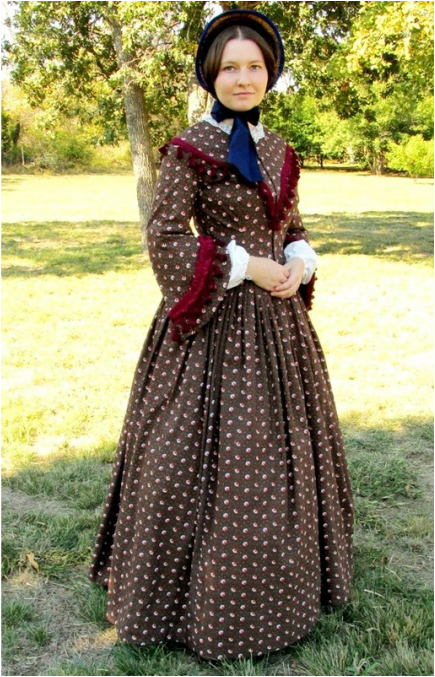
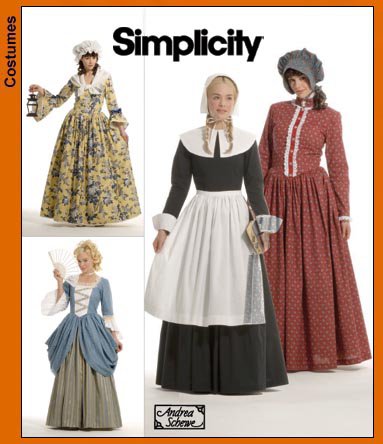
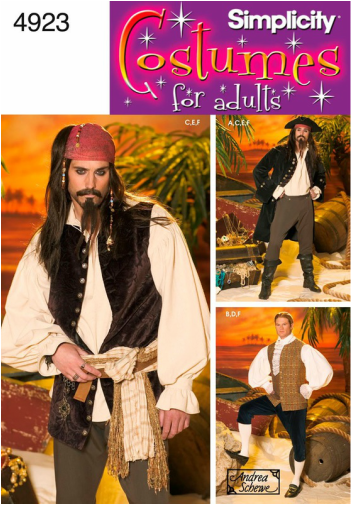
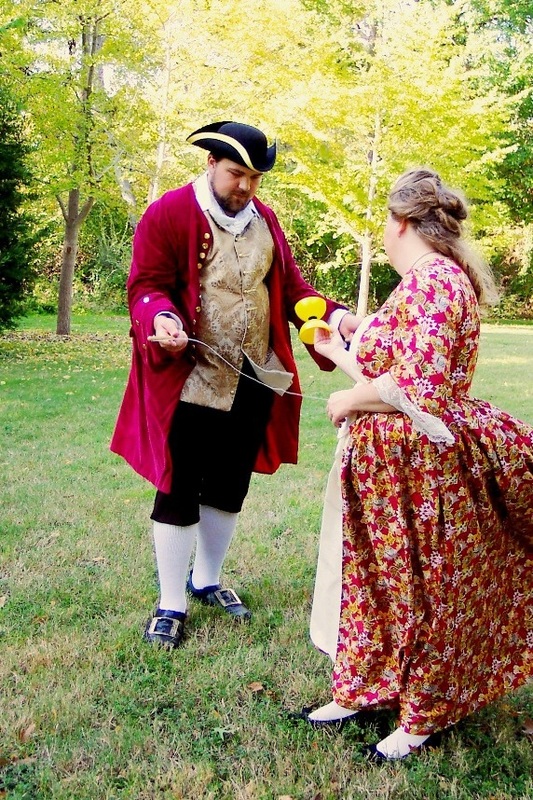
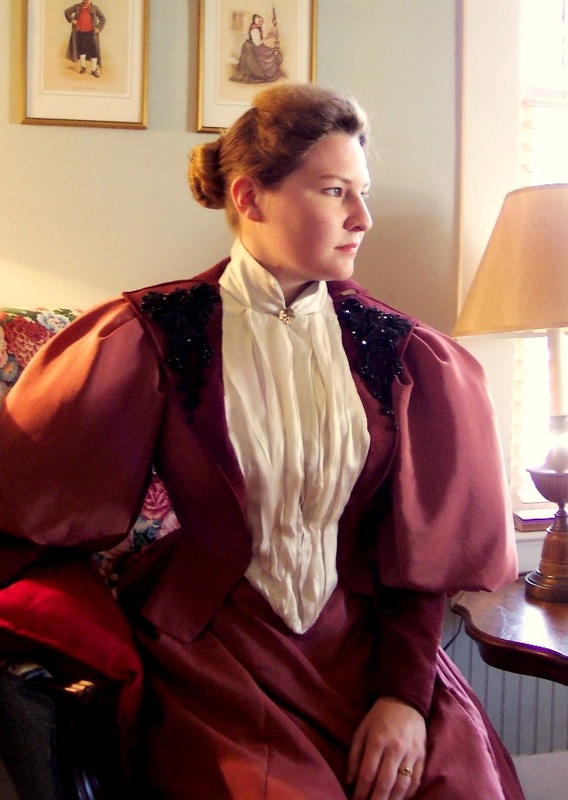
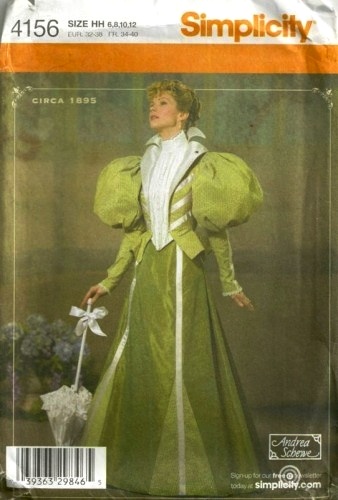
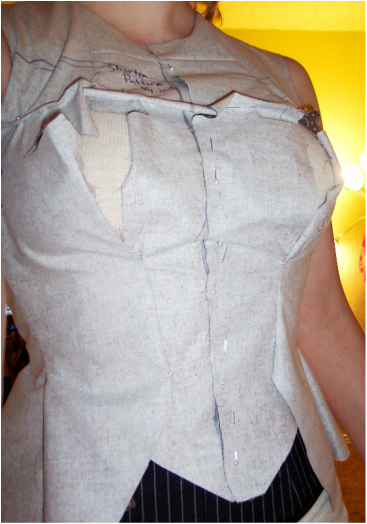
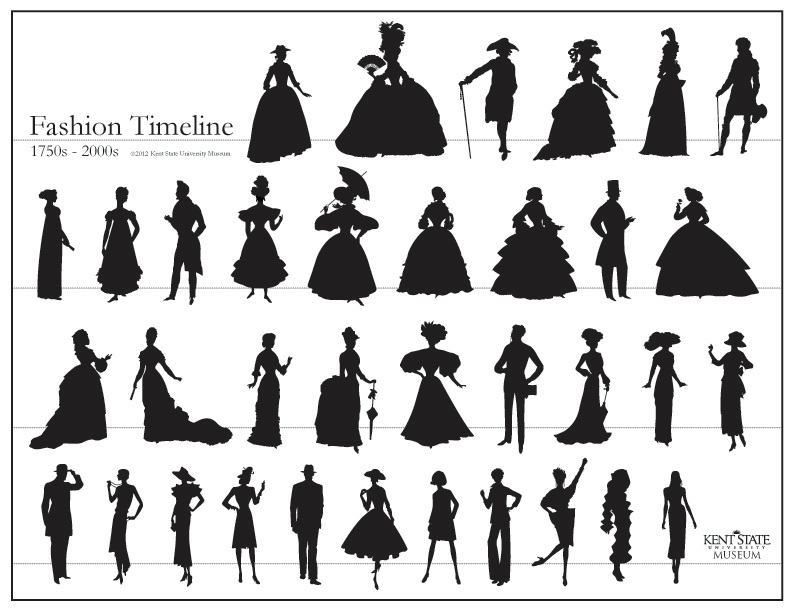
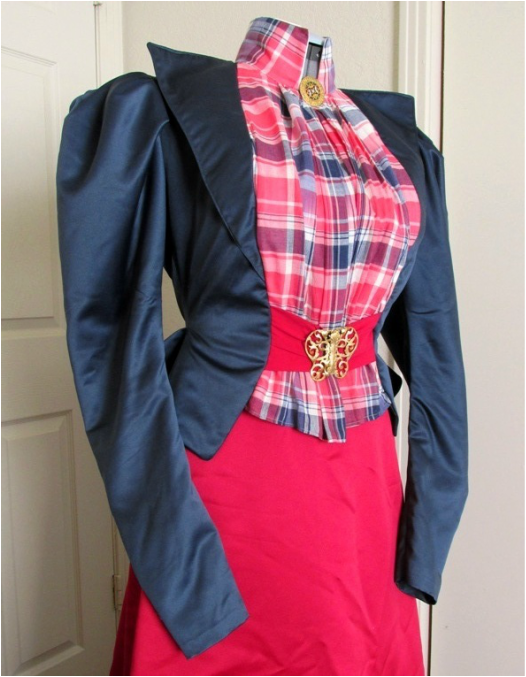
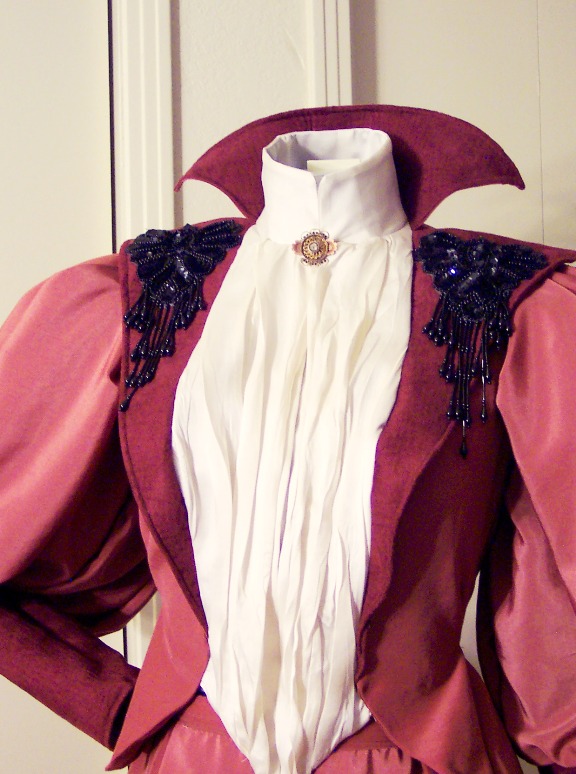
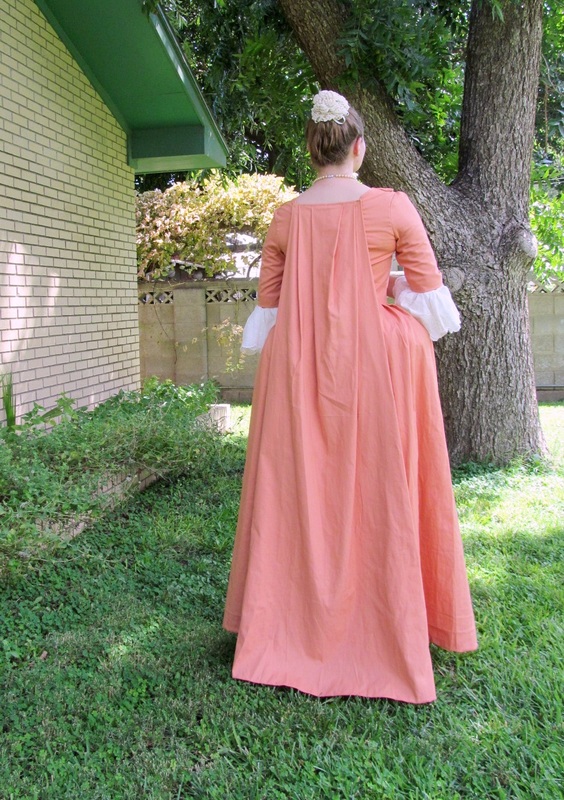
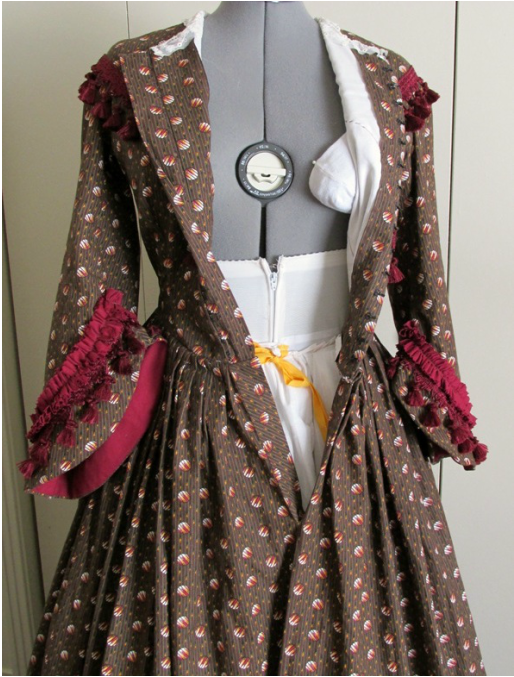
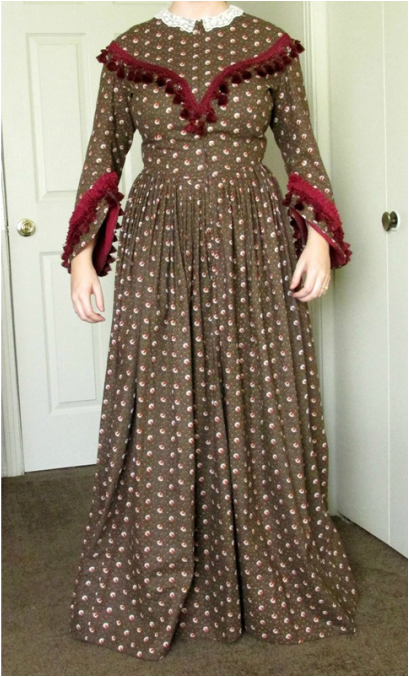
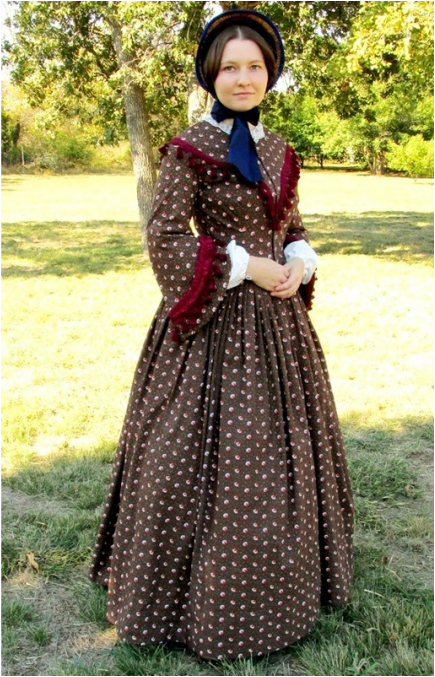
 RSS Feed
RSS Feed